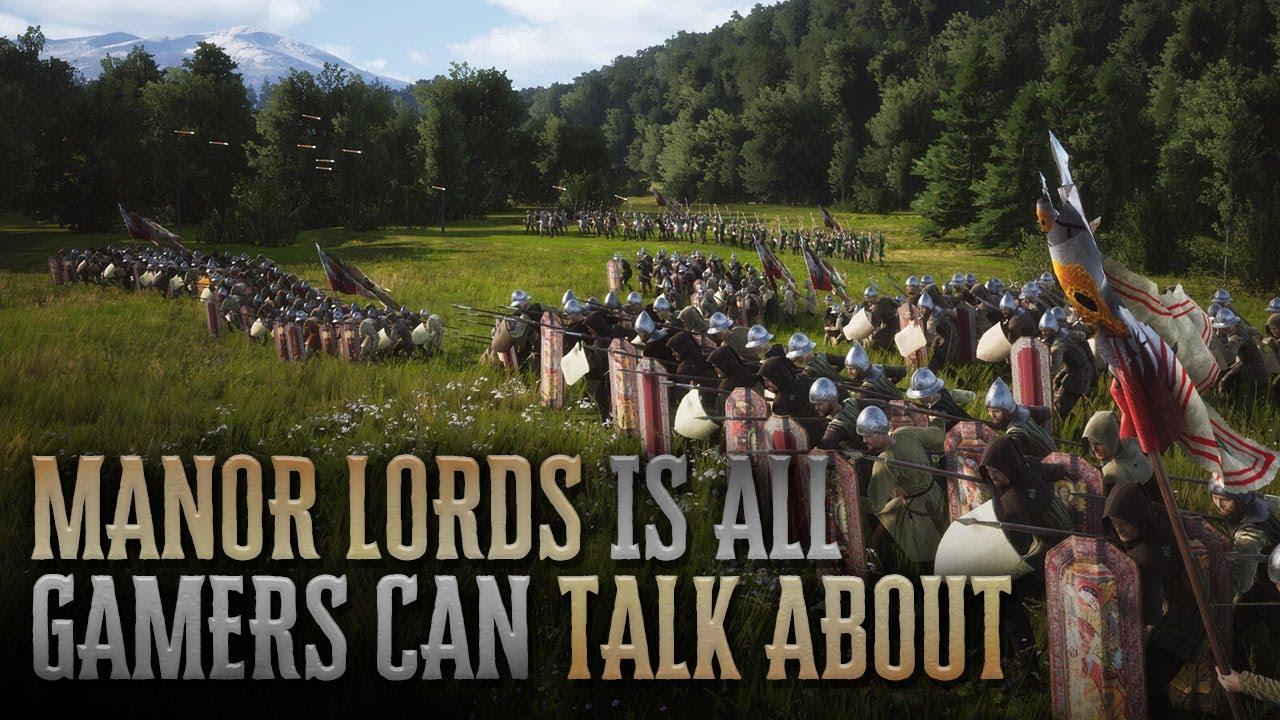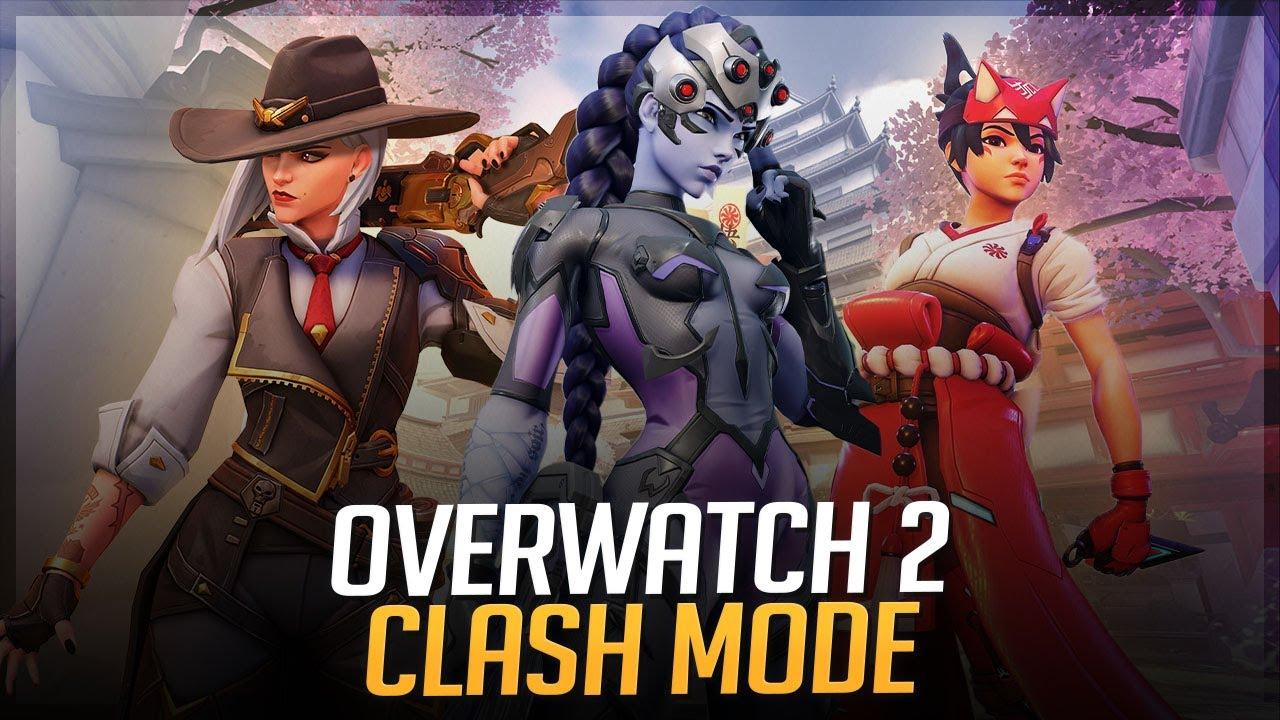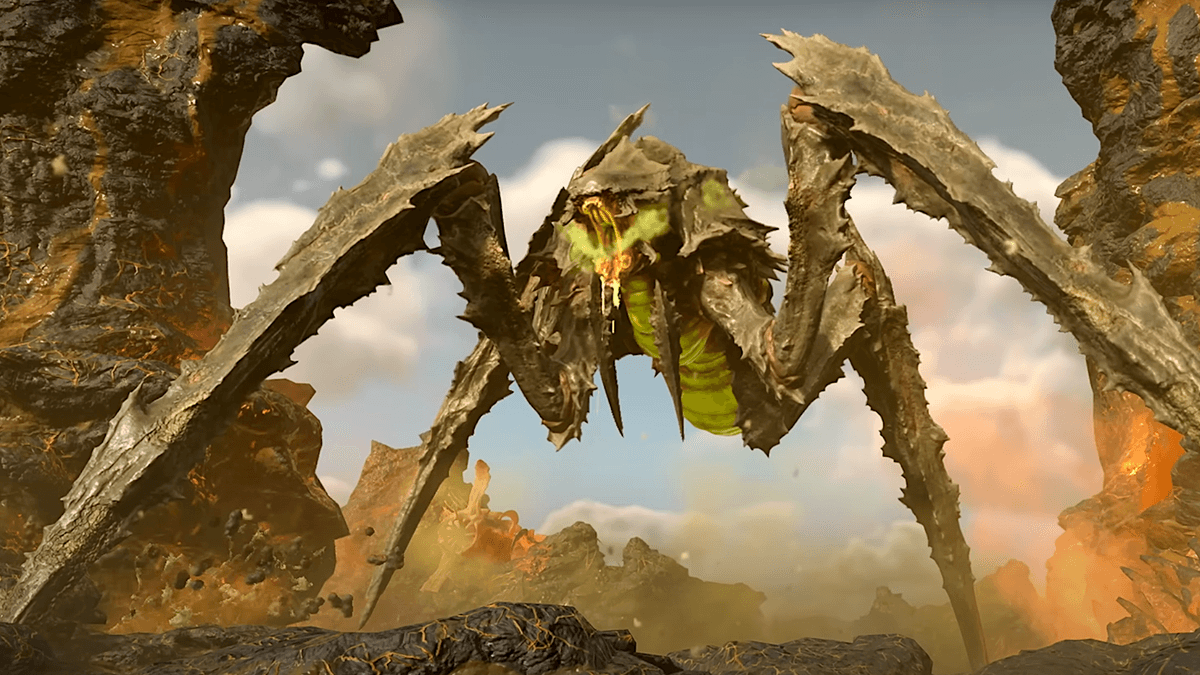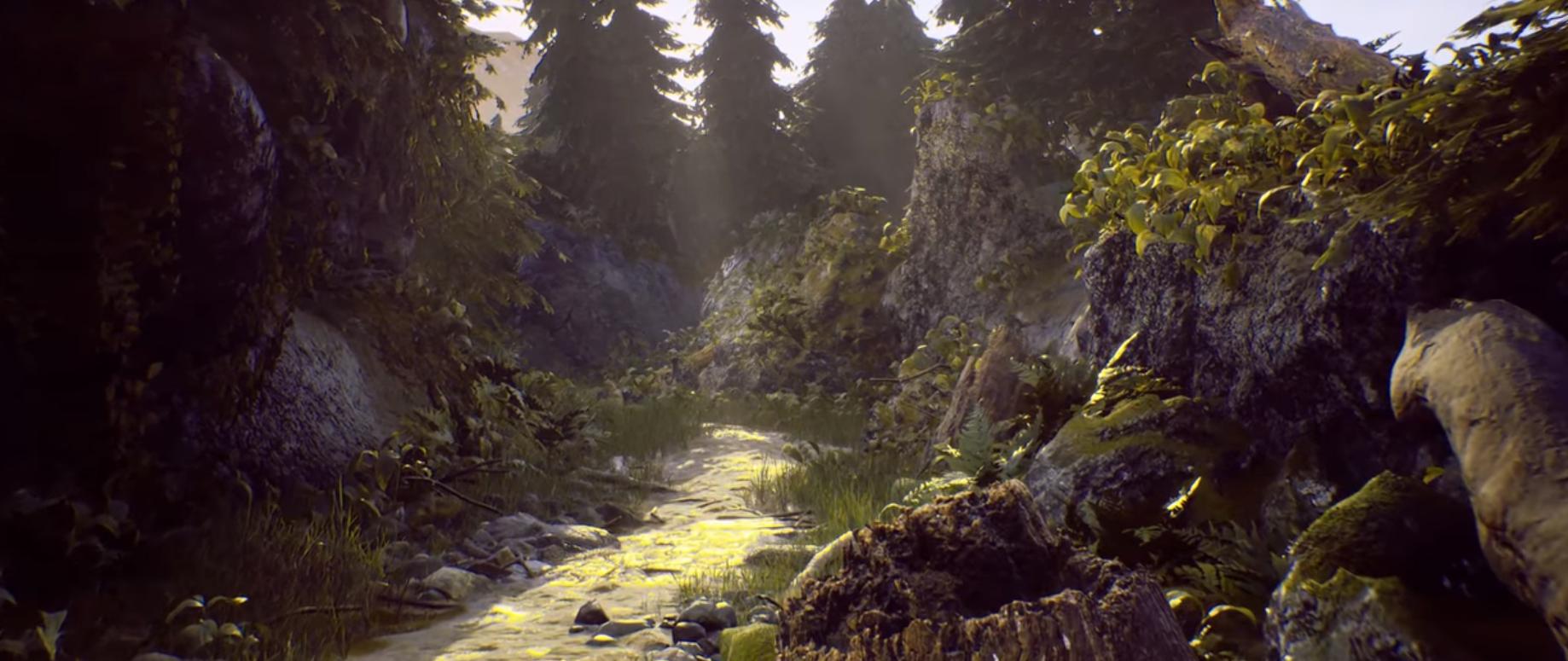
How game engines revolutionized visual effects in gaming
It’s hard to imagine the pixelated brilliance of the 80s. Back then, creating a new game was brutal. Every title, even the simplest ones, needed code built from the ground up. You wanted a sprite to move? You wrote the code. You wanted sound? Another wall of code. It was, frankly, a slog.
As games grew more ambitious, developers needed new tools. So they began tinkering, building reusable code snippets. There was no point in reinventing the wheel with each game. These snippets became primitive engines, handling the basics: physics, rendering, and sound. It was good enough.
Then the 90s arrived. Better graphics, CDs jam-packed with data, and computers getting serious power (for that time). This era created the first “big names” – id Software’s Quake Engine, and Epic’s Unreal Engine. And these new tools went beyond being just handy. They gave creators building blocks and said, “Look what you can make, and faster!” This is where game engines truly stepped beyond the nuts-and-bolts stage. They also “democratized” the video games industry. Making a video game was something like an exclusive club before that. You needed coding wizards, artists who understood hardware quirks, and it demanded huge resources. Engines busted those doors wide open. Suddenly, smaller teams and even one-man teams with ideas but not a battalion of programmers, could craft their ideas into commercially successful titles. It certainly happened more than once!
The Impact of Game Engines is Greater Than You May Think
Engines really did change everything. It wasn’t just better graphics, the whole way we conceived of game worlds was transformed. Let’s talk realism for a second. Textures mimicking real-world surfaces, lighting that bounced and refracted naturally. Suddenly, environments stopped feeling like artificial stages. Forests rustled with life, ancient temples loomed with convincing weight. Games could transport you, not just through gameplay, but through raw visual immersion.
But it wasn’t all about mimicking reality. Engines let artists flex their muscles in new ways. Particle systems painted the skies with swirling nebulas or shimmering magic. Physics engines introduced destructible environments and ragdoll antics, adding a chaotic sense of fun that felt real. Animation underwent its own revolution. Characters moved with newfound fluidity, their faces conveying a range of emotions that used to be the realm of cutscenes alone. We began to care about our virtual companions not just through what they did, but how they looked doing it.
Then, there’s the sheer scope. Early games had horizons you could almost reach out and touch. Engines allowed for breathtaking vistas, intricate cities that teemed with simulated life. It broadened the sense of adventure, of truly stepping into another world. Perhaps most subtly, engines changed the tools of cinematic storytelling within games. Developers could choreograph camera angles, lighting, and effects with the precision of a film director. Cutscenes evolved from slideshows into visceral sequences, and gameplay itself became alive with visual flair.
Obviously, raw graphics power is only part of the equation. Talented artists and designers are still the magic behind the curtain. But game engines? They became the brushes, the lenses, the whole darn toolkit that allowed those visions to take flight in ways we never dreamed of before.
How Game Engines Created a Ripple Effect
This gradual overhaul of the video game industry influenced other industries as well. The relentless advancement of video game graphics over the years created a ripple effect that touched far beyond traditional blockbusters. Industries you wouldn’t expect have definitely felt the pressure to step up their visual game, and the casino industry is a great example. Think about it: gaming as a whole has trained generations of players to expect a certain level of visual finesse. Dull, static interfaces and clunky animations just don’t cut it anymore. This demand for polish has trickled down into how other industries present their own playful experiences. Eventually influencing the standard expected for online slot games available in the US and other countries. It’s easy to see how today’s online slots borrow heavily from the visual language of video games.
On top of that, game engines, it turns out, aren’t bound to the realm of pixels and polygons alone. They’ve been making stealthy inroads into a surprising range of industries you wouldn’t even consider. So nowadays, game engines are used in architecture, design, films, training simulations, industrial prototyping and even scientific visualization. Talk about versatility!
Recommended
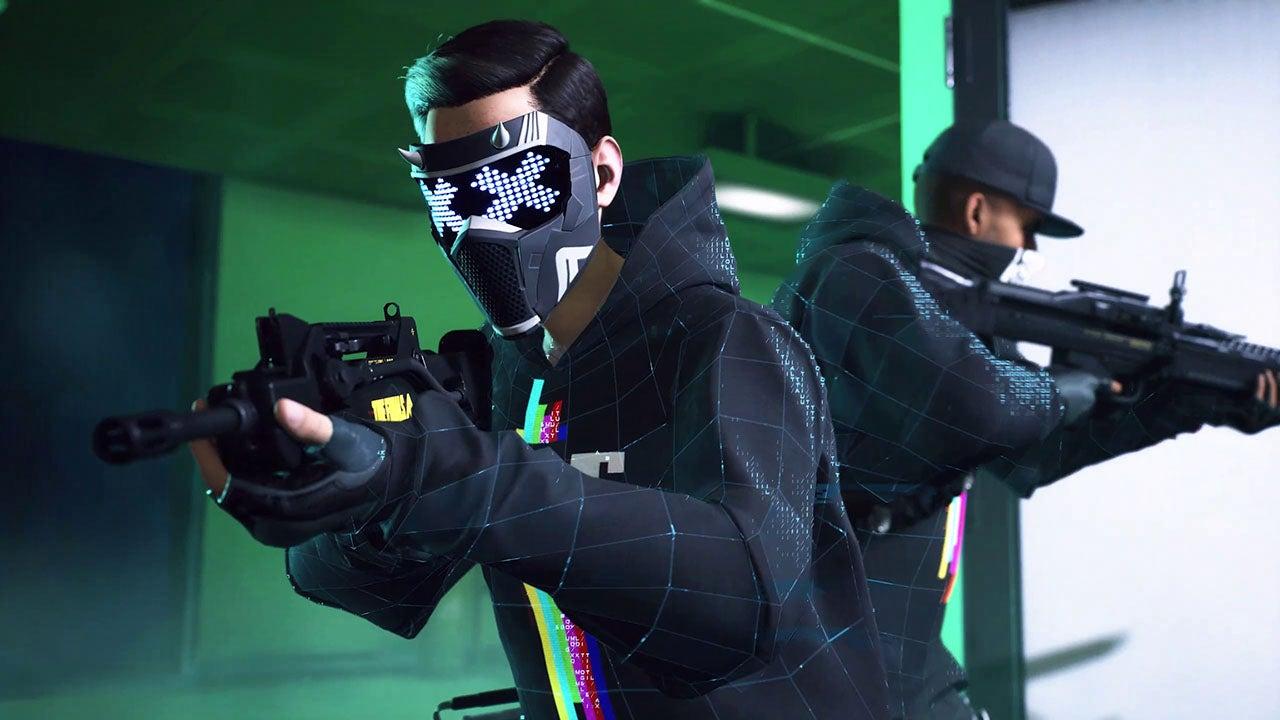
The Finals gets a new CS-style game mode called The Terminal
Guard the Terminal from attackers.
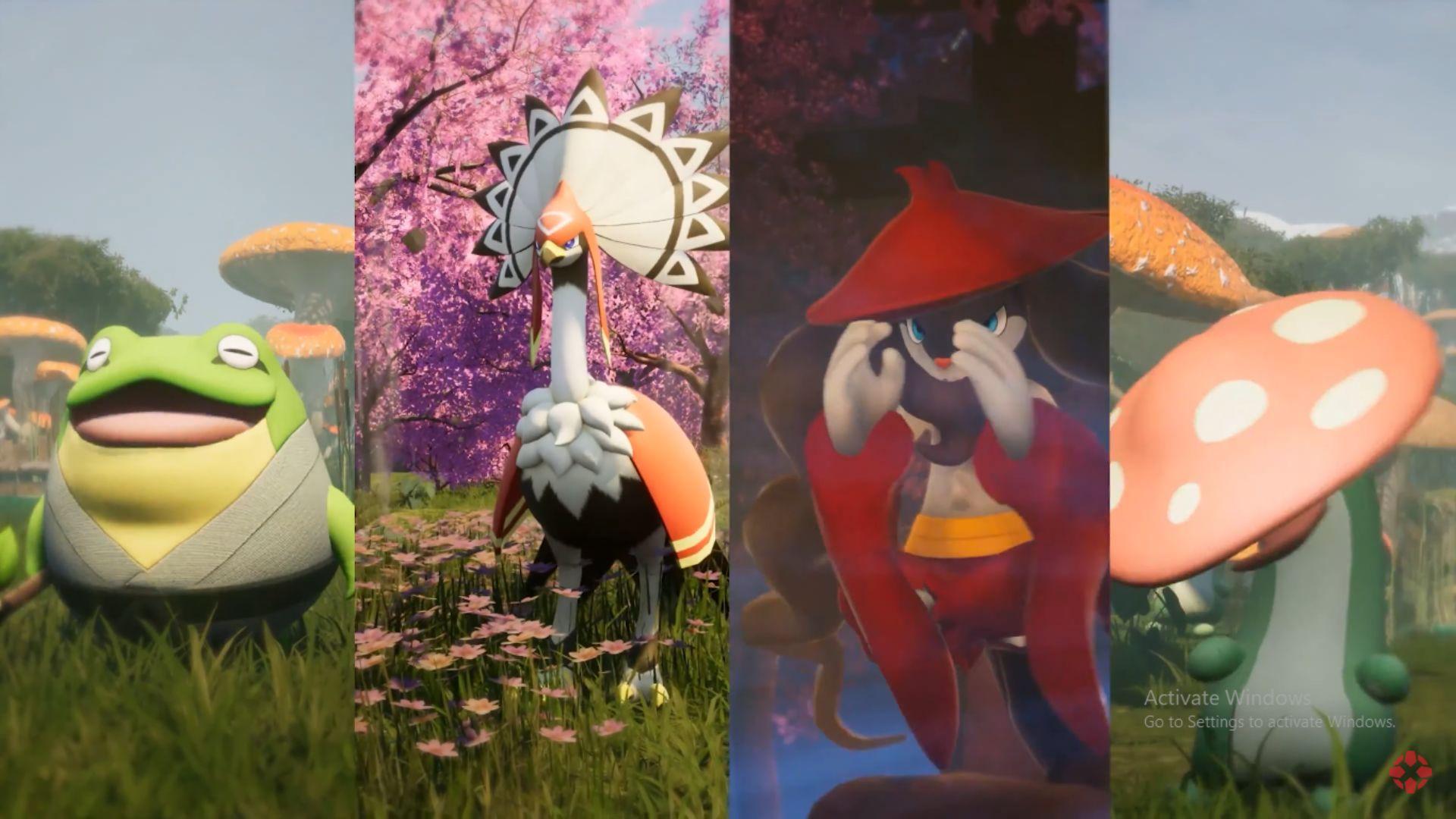
Palworld is getting four new Pals this summer
We love the stick-wielding frog.



